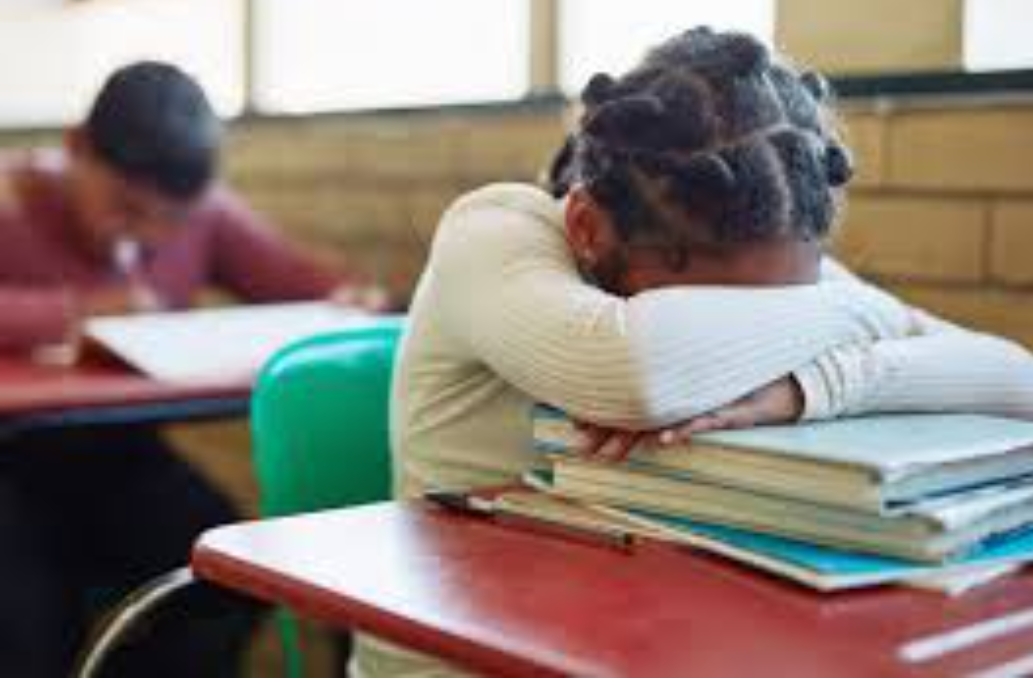Identifying children at risk of abuse is crucial for ensuring their safety and well-being. Teachers, school counselors, and other school staff play a significant role in spotting warning signs, as they often interact with children on a regular basis. Here are some indicators that may suggest a child is at risk of abuse, as well as guidelines for identifying and responding appropriately.
1. Physical Indicators
Unexplained Injuries: Frequent bruises, cuts, burns, or fractures, especially if they're in unusual locations (e.g., back, buttocks, upper arms).
Recurring Injuries: Consistent patterns of injuries, particularly if they're noticed over time.
Inconsistent Explanations: Child or guardian explanations about the injuries don't align with the physical evidence or seem implausible.
2. Behavioral Indicators
Fear of Going Home: Reluctance or anxiety about going home after school, or attempts to stay longer at school or with peers.
Withdrawal or Aggression: Noticeable behavioral changes, such as extreme withdrawal, excessive fearfulness, or sudden aggressive outbursts.
Changes in Academic Performance: Decline in school performance, frequent absences, or loss of interest in activities that were once enjoyed.
Regression: Acting younger than their age, such as bedwetting, thumb-sucking, or clinging to adults.
3. Emotional and Psychological Indicators
Low Self-Esteem: Frequent self-criticism, shame, or feelings of worthlessness.
Depression and Anxiety: Persistent sadness, excessive worry, or signs of stress, including changes in eating or sleeping patterns.
Fear of Adults or Caregivers: Being unusually fearful around specific adults or caregivers, which may signal issues at home.
4. Signs of Neglect
Poor Hygiene and Inappropriate Clothing: Consistently wearing dirty or unsuitable clothing for the weather, unwashed hair, or body odor.
Hunger or Malnourishment: Coming to school hungry, hoarding food, or talking about a lack of food at home.
Lack of Medical or Dental Care: Untreated illnesses or obvious medical issues, which may indicate neglectful caretaking.
5. Verbal Indicators
Disclosures of Abuse: The child may disclose abuse directly or indirectly, either through drawings, play, or by hinting about it.
Inconsistent Stories: If the child’s stories about home life change significantly or include troubling details.
Guidelines for School Staff in Responding
Create a Safe Space: Encourage open communication and establish trust with students. Ensure they feel comfortable sharing their concerns.
Observe and Document: If you notice signs, document them with dates and descriptions of what you observed. This can be helpful if intervention becomes necessary.
Report Suspected Abuse: Follow school policies and local laws on mandatory reporting. In most regions, school staff are legally obligated to report suspected abuse to child protective services or law enforcement.
Avoid Direct Confrontation: If a child shares information, listen without pressing them for additional details. Asking leading questions can be intimidating and may even jeopardize a future investigation.
- Prevention and Supportive Measures
i. Educate Students: Implement programs that teach children about their rights, safe boundaries, and how to seek help.
ii. Train Staff: Regular training on recognizing and reporting abuse can improve the school’s ability to support at-risk students.
iii. Collaborate with Families and Community Services: Work with social workers, counselors, and other professionals to address any risks in a holistic manner.
- Key Takeaways
It’s vital to remain vigilant, compassionate, and proactive when identifying children at risk of abuse. By providing a secure, understanding environment, educators and school staff can play a pivotal role in safeguarding children and ensuring they receive the necessary support.
